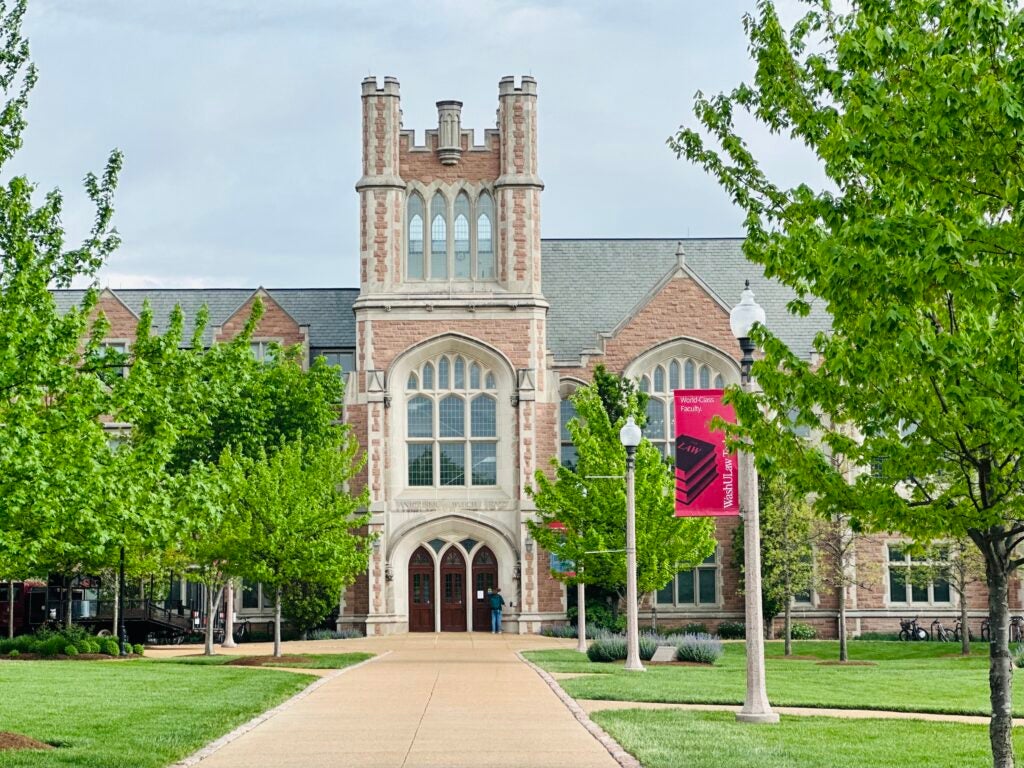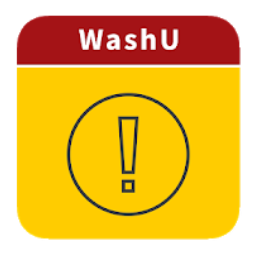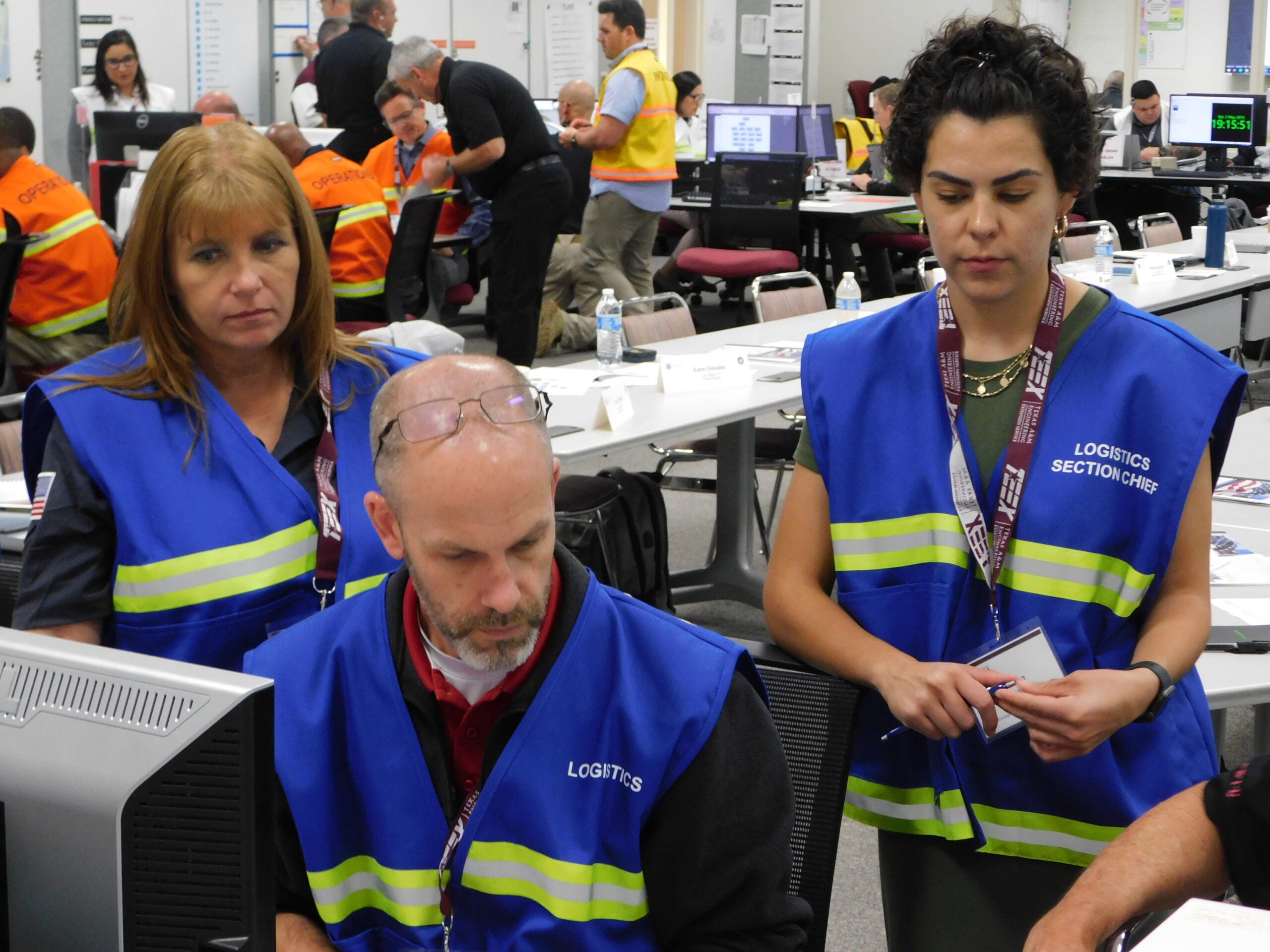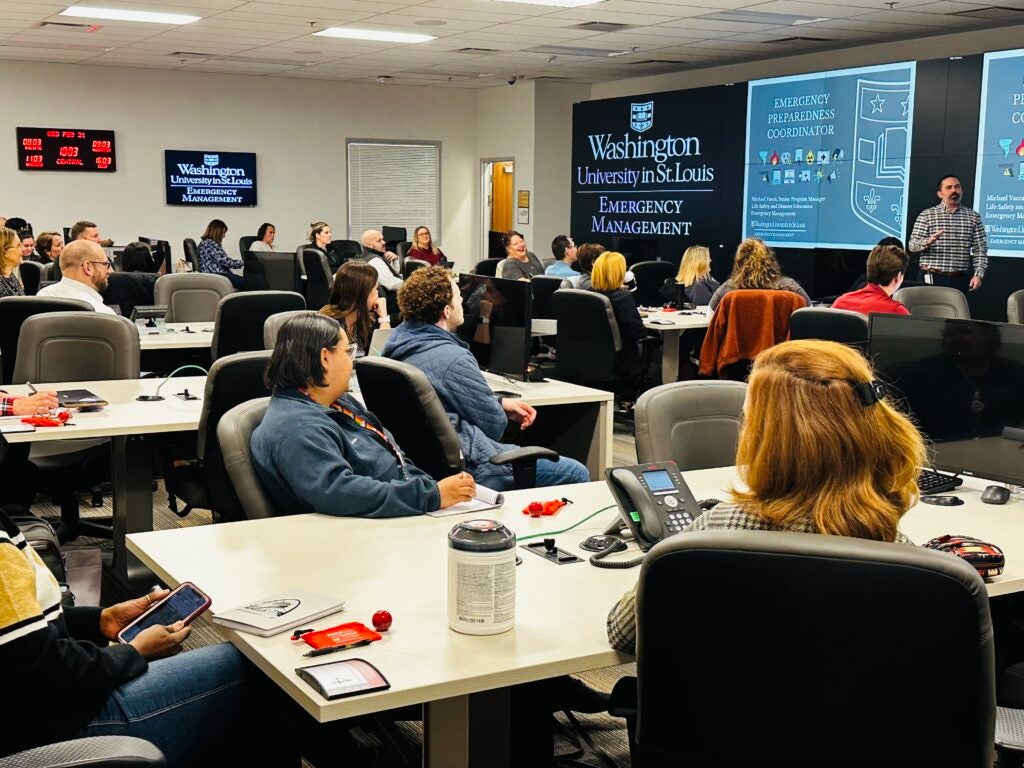WASHUREADY

PLANNED EVENTS
Outdoor events that expect at least 1,000 attendees use the outdoor event emergency planning form. For indoor events that expect 500 or more attendees, use the indoor event emergency planning form to complete a plan.

Download the WASHU Safe APP
The university safety app, WashU Safe, offers enhanced features such as Friend Walk, Mobile Bluelight, safety notifications, access to emergency procedures and MORE! For more information, visit SafeApp.wustl.edu.

Training
The focus of the Emergency Management Training Program is to provide appropriate and relevant training courses to personnel that may have roles and responsibilities in a disaster event. Learn more on the Training page.
EPC and KMC Program Information
Four Phases of Emergency Management
The Emergency Preparedness Coordinator (EPC) and Key Management Contact (KMC) program is a university-wide initiative, designed to help each department or school prepare to respond to emergencies on campus. Department managers should designate an EPC and KMC, who will attend trainings on how to assist with immediate response actions during an emergency. For more information click here. For upcoming training click here.

The Washington University Emergency Management Department incorporates programs that address the four phases of emergency management to increase the university’s ability to respond to and recover from emergencies. These programs support the preparedness of faculty, staff, and students.
- Prevention/Mitigation – refers to measures that reduce the chance of an emergency happening, or reducing the damaging effects of unavoidable emergencies.
- Preparedness – taking steps to increase our ability to respond in the event of an emergency. Preparedness activities include training, conducting exercises and developing plans.
- Response – occurs immediately before, during and after an incident. Response actions are aimed at saving lives and preserving property.
- Recovery – returns the community’s systems and activities to normal. Activities may include repairing damaged buildings, cleaning up debris and restoring basic services.
Follow us on social media!
WashU Emergency Management has LinkedIn, Facebook, X, YouTube, and Instagram accounts! Be sure to follow us @WashUReady for news and preparedness tips.
Danforth Campus EMERGENCY OUTAGES
& ROAD CLOSURES
View a map of currently accessible routes on the Danforth campus.